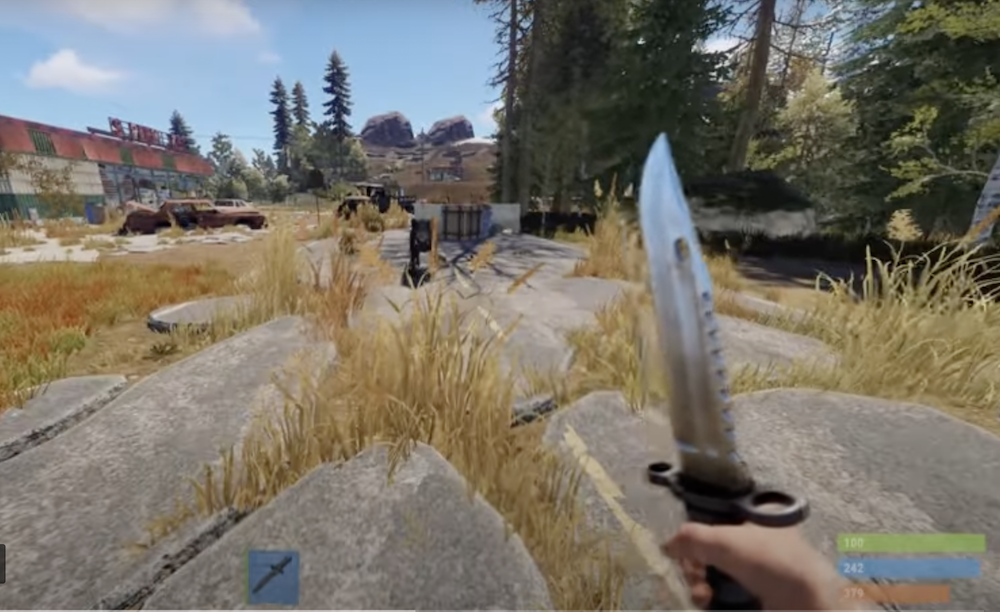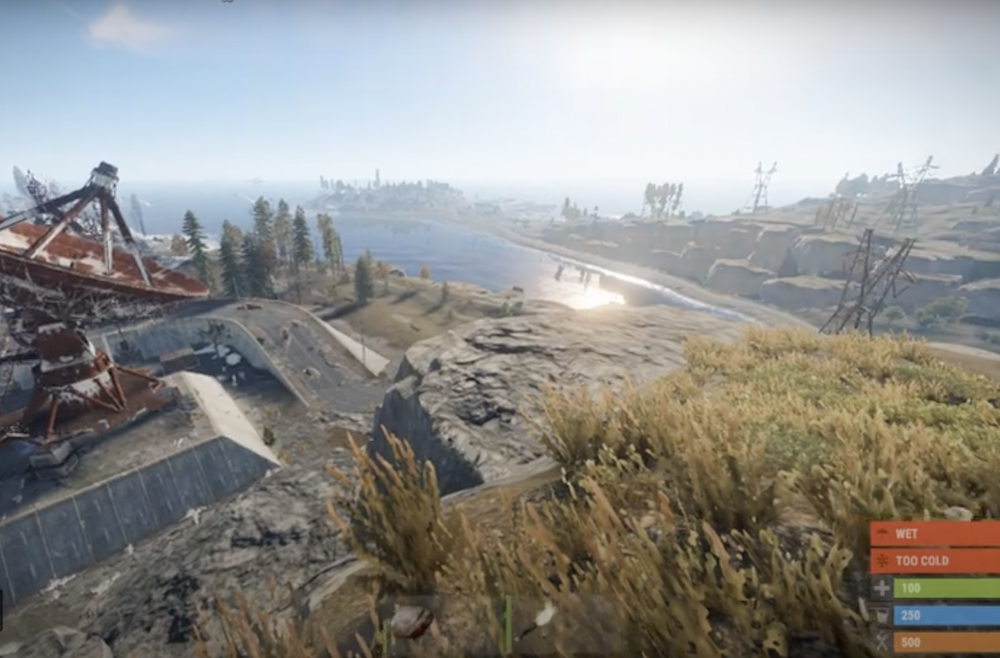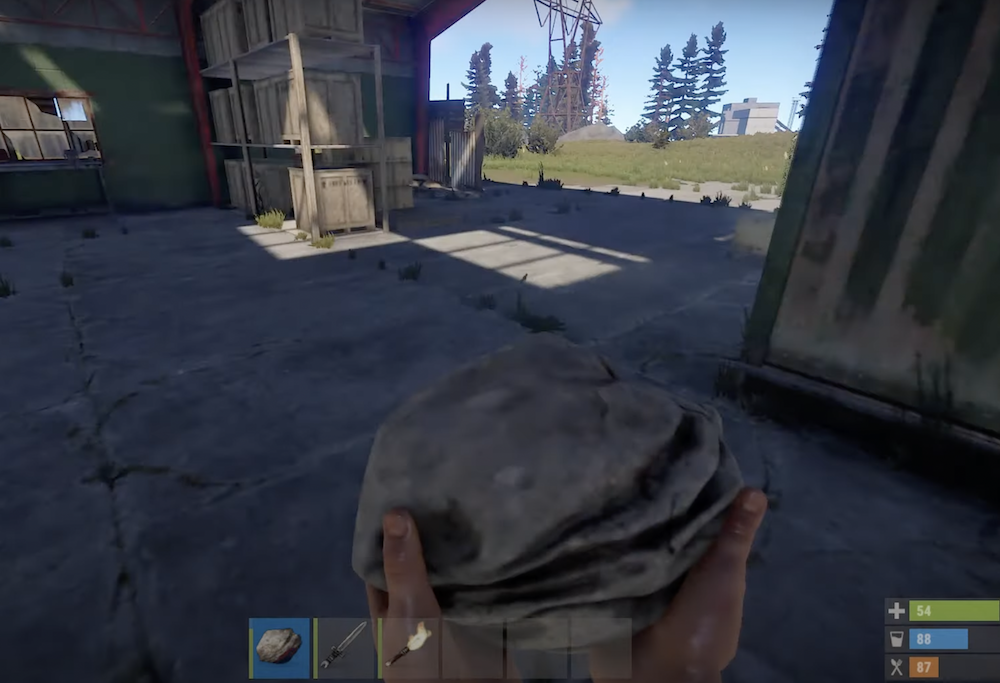Rust Combat Log

The RUST combat log command displays information about historical combat engagements between players. The combat log is stored on the server side and served from the server the player is connected to. By default, the combat log stores up to 100 events, though the server administrator can change this limit. If the player is disconnected from the server, the log will continue recording events. This can be helpful if players frequently switch between roles or are respawning.
Command to display a historical log of combat engagement information
The command to display a historical log of combat engagement in Rust provides players with a list of all the previous and current combat events. This data is stored on the server side and is served from the server a player is connected to. By default, the RUST combat log can store up to 100 events. You can adjust this number to meet your needs, but remember to always use the default value. The combat log will continue to record information regardless of the player's status.
The command to display a historical log of combat engagement details in Rust allows players to view and print the information from their console or RCON platforms. It allows the user to reach back further than the default combat log, save suspicious logs, and click on the log to view it on their Steam profile. To issue the command, use the console or a keybind to type the word combatlog. The console will print the combat log. The command will also report how many lines are available for the log.
Features
If you're looking to make your gaming experience more enjoyable, you should use Rust's combat log. This handy feature enables you to track the behavior of your enemies. It records text messages and is accessible during action selection by holding down the designated Hot Key. The combat log is also a great way to identify patterns in enemies' behaviour. Regardless of the genre, Rust's combat log has many features.
You can view your combat log from the console or from the RCON platform. To view the combat log, issue the combat log command, either from the in-game console or by pressing F1. You should also know that this command is only available if the initiator of the command is connected to the server. Once you're connected to the server, you can then view your combat log. The console will display the number of lines you've consumed during a recent combat.
Another feature is the ability to store notes for a long time. You can also see who is online and offline, as well as their MAP position. This is great if you want to keep track of cheaters. The logging feature also enables you to schedule commands and execute them on a scheduled basis. It's also useful when you're in a competitive environment. Keeping track of your opponents is essential to ensure that everyone's gaming experience is smooth.
Aside from the combat log, another feature in Rust is the marketplace. You can now search through items and trade with other players using a single interface. Moreover, you can now find items and weapons using hand gestures while crouching. You can also see how much gold you've spent on upgrades in the past. Aside from these, there are also new weapons available to purchase. The Rust combat log also has a search bar, and is much easier to navigate.
Limitations
In RUST, you can issue a command to display historical combat engagement information. The combat log stores data on the server side and is served from the server the player is connected to. The RUST combat log is defaulted to store 100 events, but you can adjust the size by setting the size variable in your server configuration. The combat log will record information when the player is connected and not disconnected, so it is best to check with the server administrator for details.
The combat log size variable can be issued from the in-game console or from a RCON platform. It will print out a number of lines of the combat log for the current player. It works only when the initiator of the command is connected to the server. You don't need to be online to issue this command. The combat log size variable is only available for players who are connected to the server. However, if you want to print out your combat log from a client, you must connect to the server.
Issues
The combat log is a command in the RUST computer game that displays historical information about combat engagements. This information is stored server-side and is served from the server the player is connected to. By default, the RUST combat log stores 100 events; however, server administrators can change the size of the combat log. The combat log will record all information even if the player is offline. To view the combat log, use the console command.
There are a number of issues that have been reported in the combat log in Rust, including crashing when you try to fire a weapon. Rust's combat log also shows when the player has a weapon malfunction or has no reloading time at all. While some players enjoy playing with a large variety of weapons, others found the combat to be too frustrating. This new update focuses on making combat more enjoyable for the player by changing the recoil of weapons and the player's first person view.
In the combat log, you can see all recent encounters you've had with other players. It's recommended that you increase your combat log to 50-100 instances per day. This will allow you to see which weapons are the most effective for specific situations. You'll also be able to see how much damage you've taken. This will help you determine what weapons to buy or upgrade. If you're running out of supplies, don't worry, the combat log will help you find what you need.
Size variable
There are a couple of ways to find out who killed you in Rust. One of them is to open up the Death Screen, which displays a detailed stats menu. It also has a combat log size variable, which can be changed. This will help you see exactly what happened while you were playing. If you aren't sure how to change this, read on to find out how. You don't need to log in to see this, and you don't need to be in a combat session to use it.



